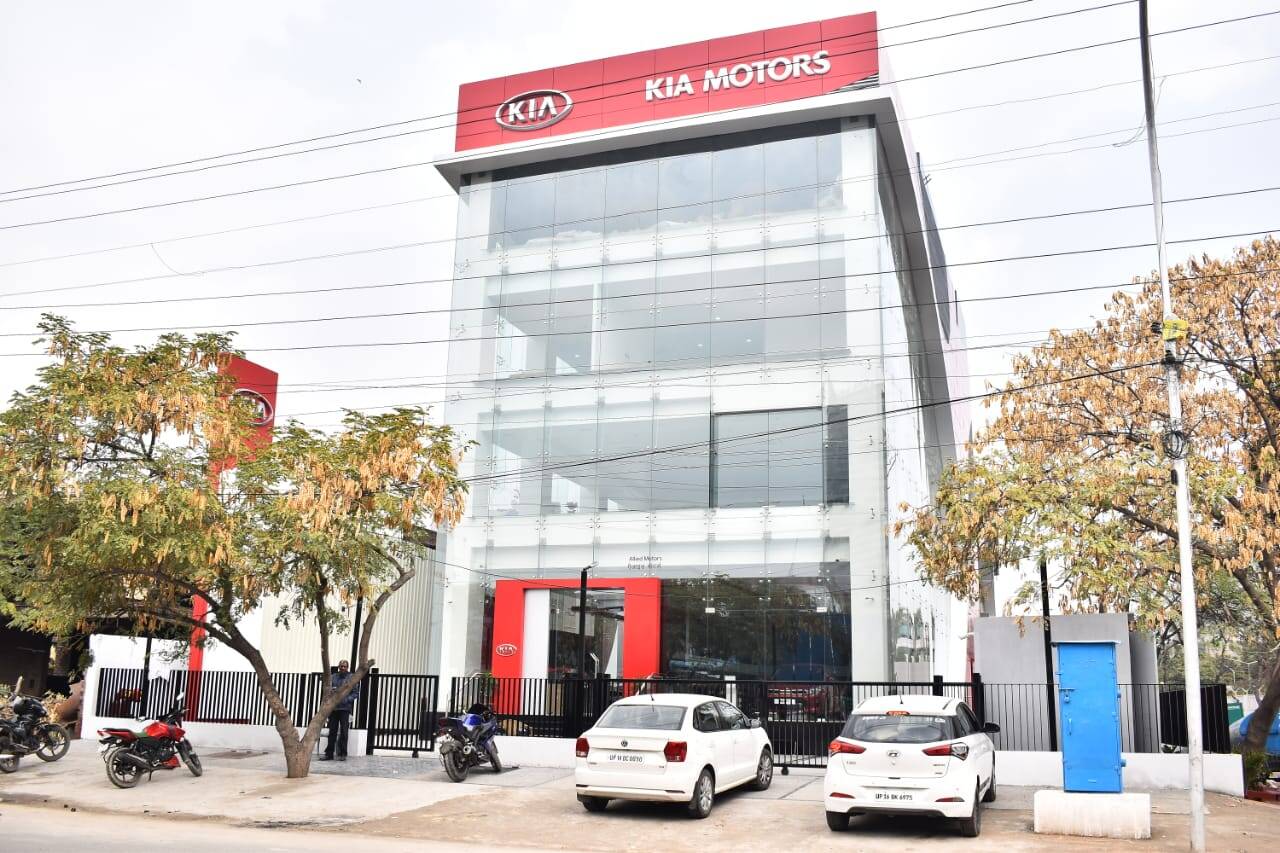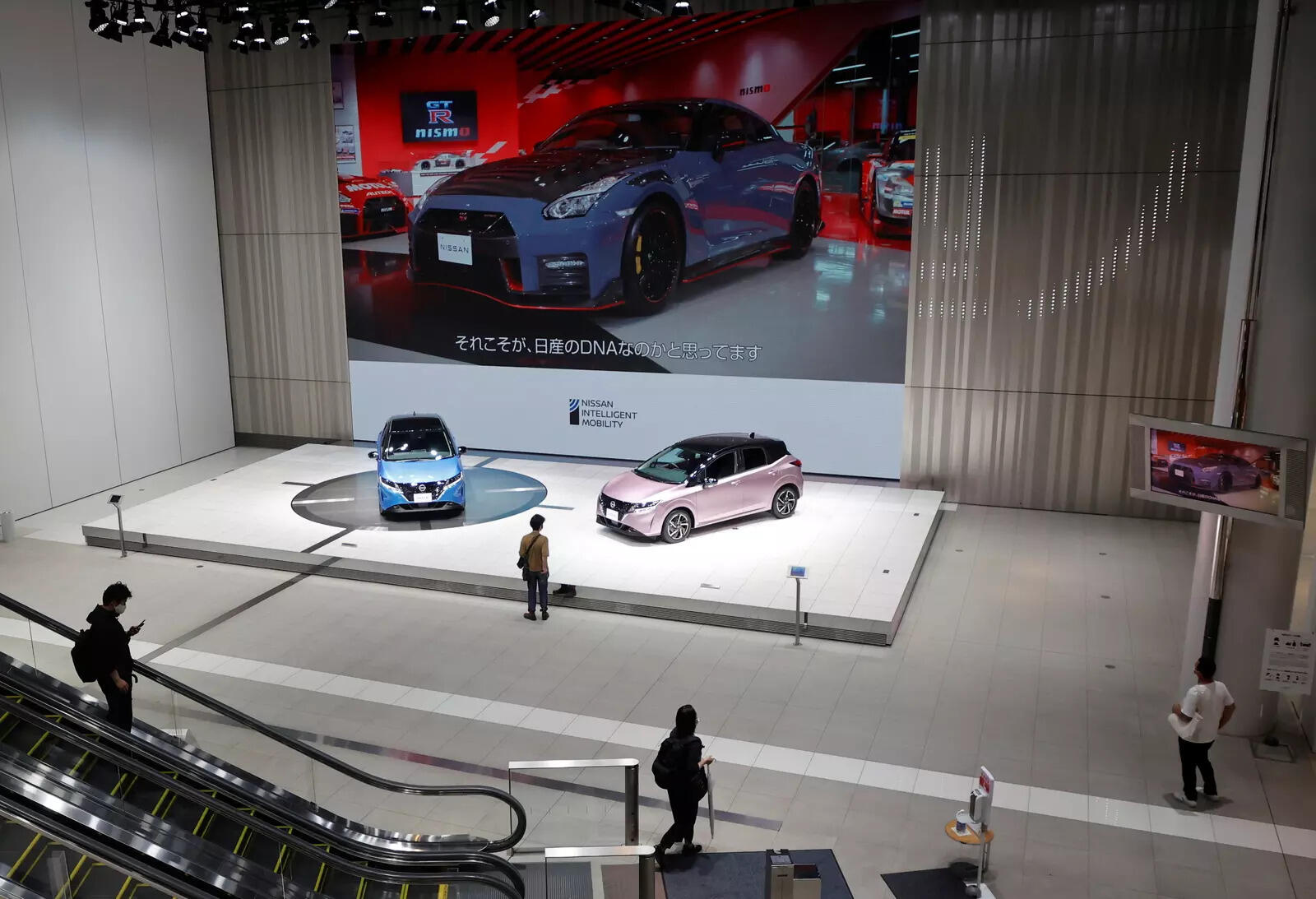At the same time, the multiplicity of outlets have narrowed the per outlet sales volume for most of the carmakers. According to our rough estimates, there are about 8800 sales outlets (Sales outlets include all types of sales touchpoints: large dealerships and extended sales outlets) for the 12 leading carmakers in the country, and on an average each of these outlets sells about 275 units and generate revenue of INR 30 crore a year.
Most of the OEMs have not increased the fixed sales margin offered to the dealers in the past decade. It has remained in the range of 2%-4% because of the high-cost pressure. Soaring real estate, manpower, and capital costs kept adding to the woes. In many cases, over-dealerisation and large investment for an extravagant infrastructure at dealerships have pushed the dealers to the edge.
The dealerships have been struggling to find ways and means to increase their profitability mainly through after-sales and service. Many times the services have been compromised and vehicle owners have also been at the receiving end of the situation. The non-transparent business models of some of the dealers and diversion of funds to other businesses by a few dealers aggravated the problems for the automobile retailing business.
Most of the OEMs have not increased the fixed sales margin offered to the dealers in the past decade. It has remained in the range of 2%-4% because of the high-cost pressure.~
The Federation of Automobile Dealers Association (FADA), the apex body representing dealers, has found that about 275 dealerships closed down in FY20. In FY21 also many have closed shops though the association is yet to calculate the exact numbers.FADA claims the debt on dealers increased to the range of 20% to 40% in FY21. In most cases, the debt is higher with the dealers selling low-volume car brands.
In terms of per outlet sales, Maruti Suzuki placed at third rung in the list with an average sale of 417 units, however, in terms of revenue per sales outlet it ranks fifth as the annual revenue per sales unit stood at INR 29.5 crore in 2021.
On the overall sales revenue per outlet the Korean duo – Hyundai & Kia India, held the top two positions in the ranking with an average sales revenue per outlet of INR 106 crore and INR 55 crore, respectively.
Toyota Kirloskar which topped the list in a 2018 ETAuto study, has slipped to the third slot in terms of average sales revenue per outlet with INR 38 crore and the average volume of 282 units – the fourth-largest carmaker by volume per outlet.
Its is found in general that the older carmakers having deeper penetration in smaller towns and rural will have lesser investment and operating cost per outllet compared to the new car brands having most of its outlets in big cites.
Now, after the pandemic, the OEMs are more eager to adapt to the change. The priority for carmakers is to reduce the inventory, to work towards creating a just-in-time kind of setup, to increase digitalization, and to build leaner and smaller sales outlets.
“With the geographical dispersal of customer demand, smaller setups are becoming important. Over the years we have been quietly building up the smaller formats as per the global trends,” says, Shashank Srivastava, executive director, sales & marketing, Maruti Suzuki India.
The other focus area for Maruti Suzuki is leveraging technology like digitalization for customer convenience, mindset change – from vehicles to mobility service providers, and customer loyalty and cost controls, including infrastructure costs.
Echoing Shashank’s opinion, Naveen Soni, senior vice president, sales and marketing, Toyota Kirloskar Motor, considered to be one of the most dealer friendly carmakers, says, “We believe a healthy mix of large and small outlets, besides digital sales, across Tier I, II and III cities and towns will be the appropriate way for us going forward. Moreover, as we expand to smaller markets and areas, we believe that the economics would drive leaner and smaller dealerships.”
The smaller setup could eventually be the norm going forward in smaller towns and extended satellite cities, agrees Gaurav Gupta, COO, M G Motor India.
Most of the carmakers, including Maruti Suzuki, have indicated plans to relook at the margins and rationalize the inventory push. Evidently, the digital push has increased magnificently. Maruti Suzuki increased its digital showroom from about 800 to 1200 in the last year and about 21% of the sales were through digital platforms.
According to FADA, the job losses at the dealerships in 2021 range between15% to 20% on an already low-base of 2020. Most of the dealerships expect de-growth of up to 50% due to the second wave of COVID-19, says FADA. According to FADA the revenue from after-sales and services has declined by up to 7% in FY21 and it is further going down since the pandemic outbreak.
In view of the situation, ETAuto, over the next two weeks, will run a series on car retailing strategy by the various carmakers. The series will also publish interviews of carmakers’ leadership along with their ranking based on the average sales revenue generated per sales outlet.
The series intends to explore the following, along with some key data points, from each carmaker:
1. What’s the core focus area for dealer partners in a post- COVID world?
2. Are smaller setups becoming the norm going forward; what percentage of the sales outlets will be large, small, sub-outlets, and mobile outlets?
3. What is the total, in terms of 3S, only sales, only spares, and only service?
4. What will be the dealership network expansion plans?
Note: All the data is an estimation based on the information received from various sources and extrapolated by ETAuto research.
Sales Outlet: Sales Outlet means all kinds of physical outlets/dealerships/touchpoints from where cars were sold.
Average Sales Revenue: This is based on the ballpark average selling price per unit multiplied by total units sold in a year divided by the number of outlets.
Average Selling Price Per Unit: This is an estimated price derived from the price range and the calculation done by ETAuto. It may differ slightly from the exact price.

















